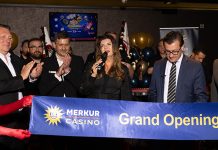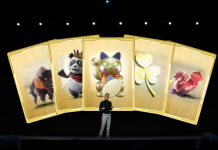According to Simon Holliday, director at H2 Gambling Capital, “somewhere between $3.5 billion and $4 billion could be spent by the online gambling industry on marketing over the next five years.”
That’s more than General Motors spent in U.S. advertising in 2011 and by 2017 the online-gambling industry will be spending nearly as much as the entire insurance category did last year.
The business of online gambling became reality last year when the U.S. Department of Justice granted states the power to legalize online platforms connected to live casinos.
Nevada, the first state to pass a statute legalizing online gambling and its licensed operators there will likely begin advertising in January.
Meanwhile, industry executives believe that another 10 additional states, including cash-starved California, as well as New Jersey and Delaware, will most likely pass their own state laws, once they overcome their internal political differences.
Holliday estimates the gross value of the online-gambling market to be $1 billion in 2014 and exceed $13 billion over a decade — but not without the help of a major marketing spree.
“Driving players to their sites is the biggest single cost of these companies,” declared Holliday and he stressed “It is probable that 25% to 30% of company net revenues will be spent on advertising and marketing budgets in the initial years, as there is a land grab.”
To gain share in this lucrative market, especially if a federal law is eventually passed, casino brands are preparing to boost their marketing budgets.
The biggest beneficiaries will likely be digital media and agencies.
Casinos will continue to target offline media customers — especially those who pay attention to events such as championship poker, which is broadcast live on ESPN.
Much of the creativity will be aimed at a younger consumer.
An agency executive familiar with the industry said most online gamers are in their early 20s, while the average casino gambler is north of 50.
Source: gaming-awards.com

















